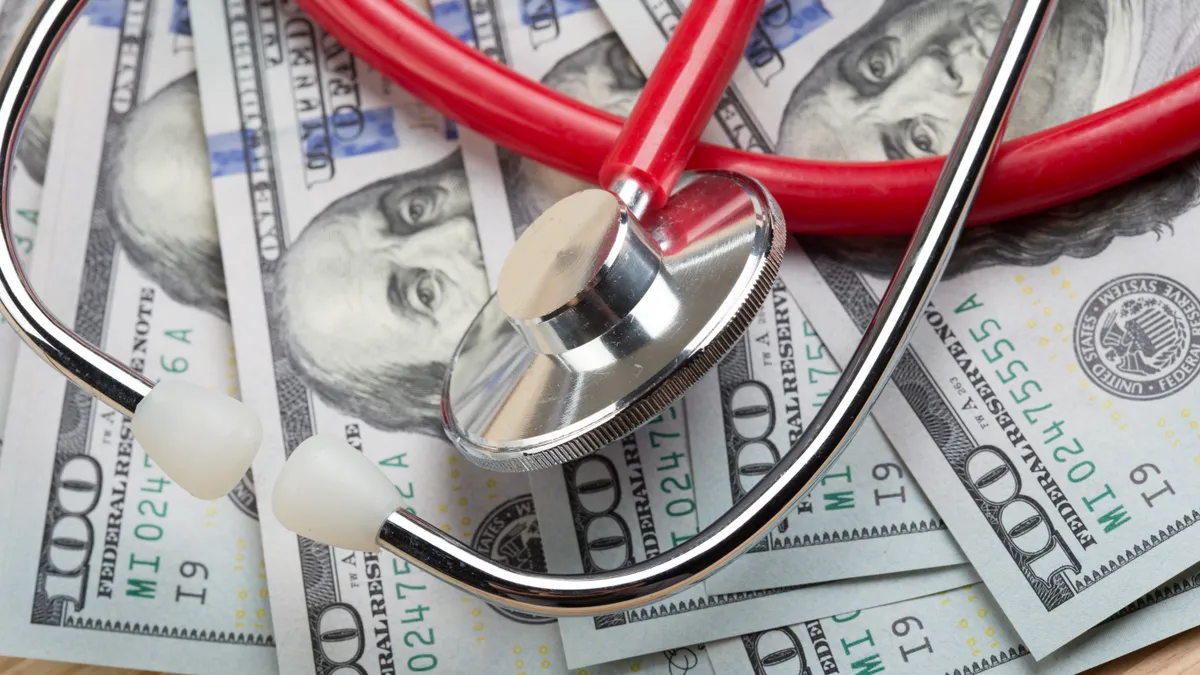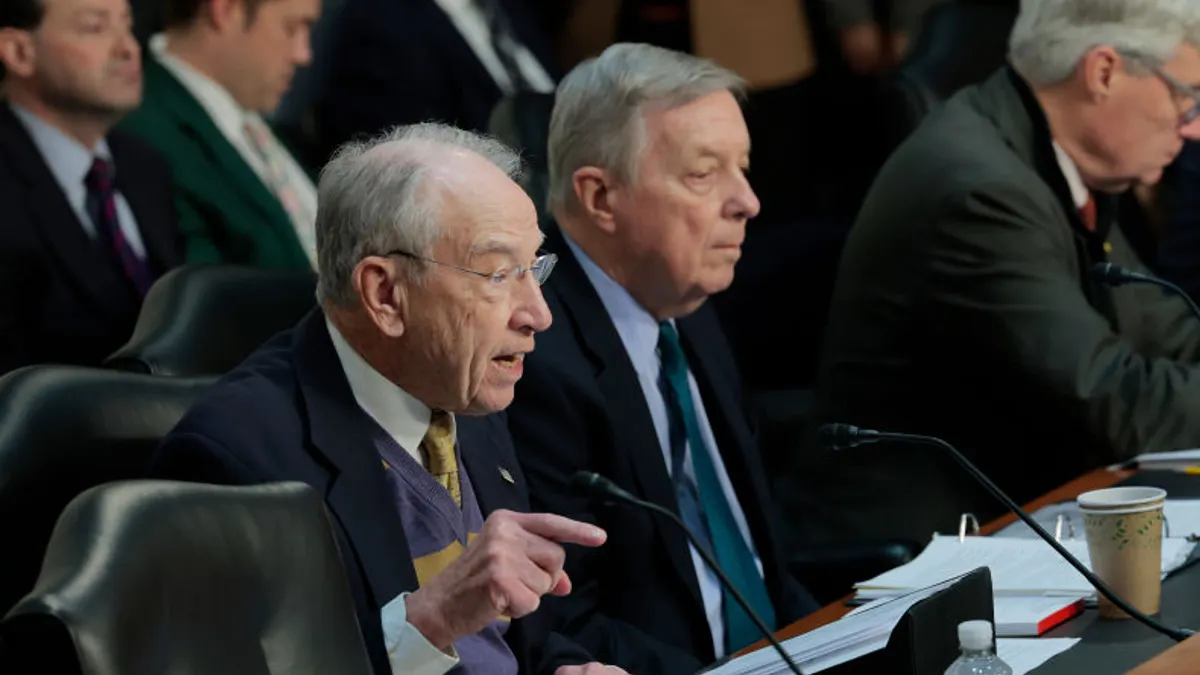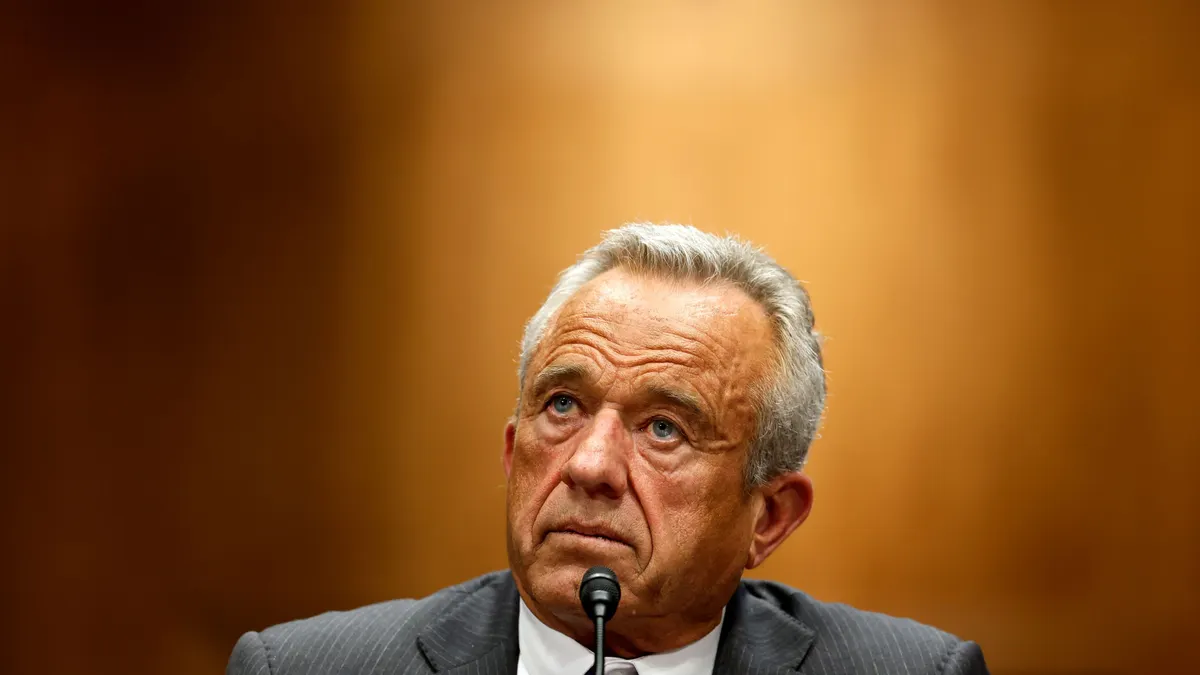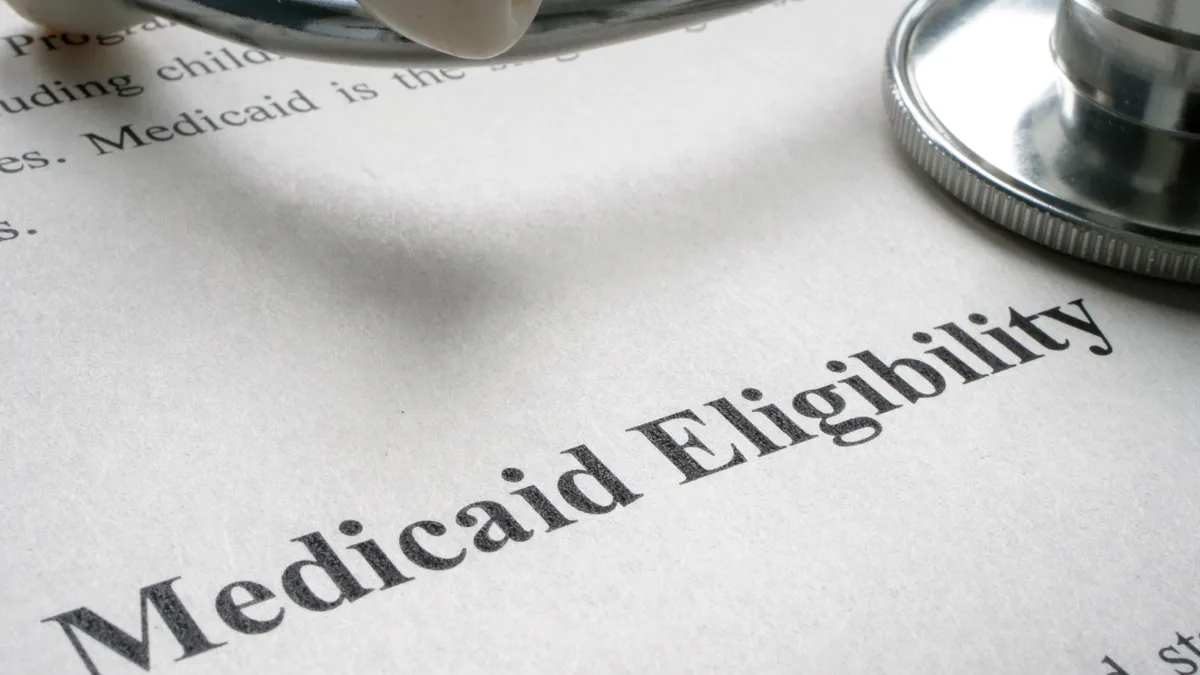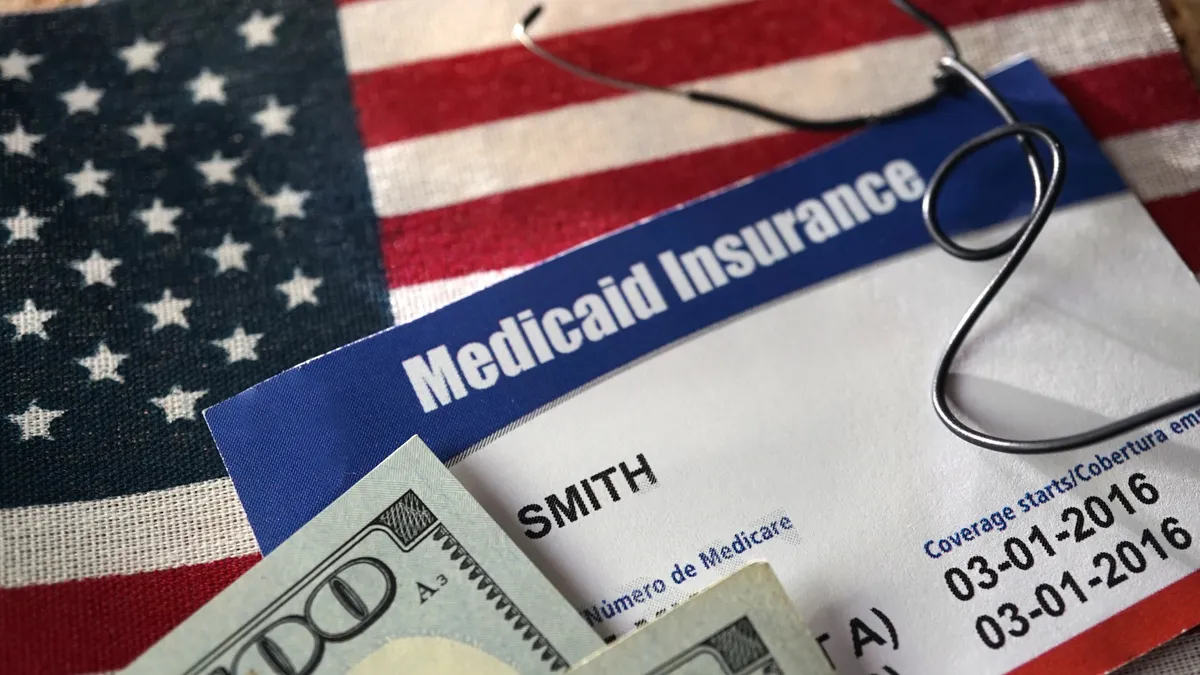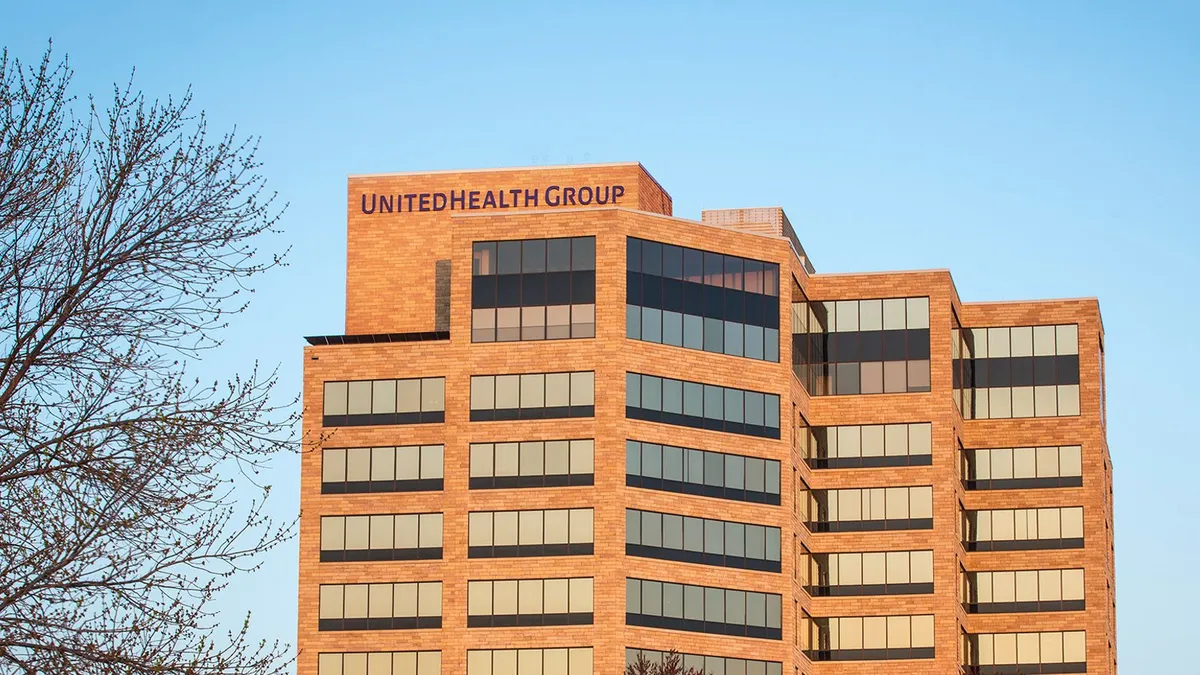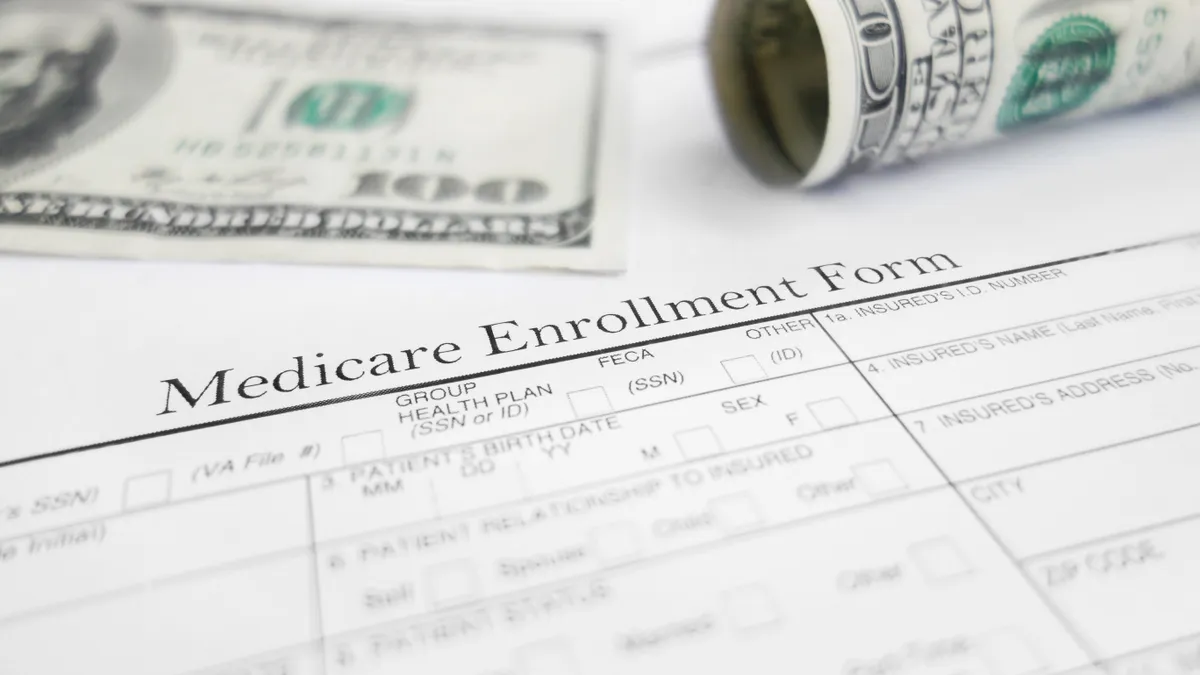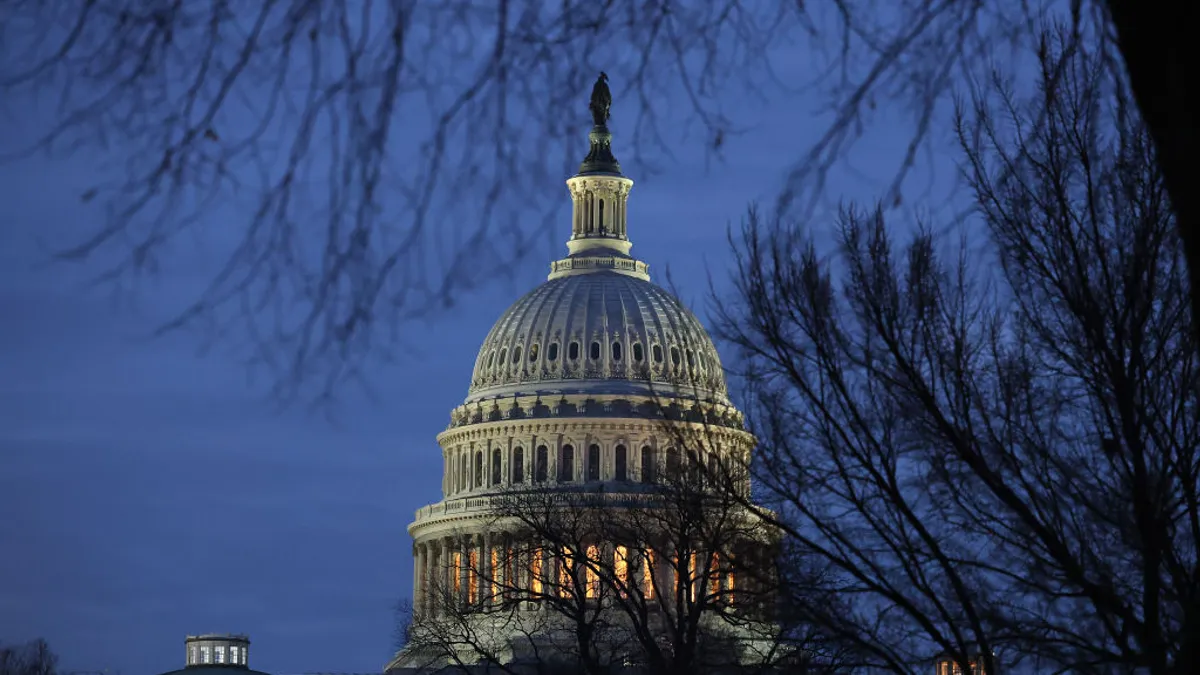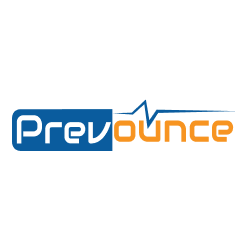Employers expect their healthcare costs to increase a whopping 9% next year, which — if the forecast pans out — would represent the largest annual increase in more than a decade, according to a new survey from the Business Group on Health.
Spiking pharmacy spending is fueling much of the cost growth, as are rising incidences of chronic and complex conditions like cancer. Employers expect to lower the cost increase to 7.6% through plan design changes.
But “the story this year is perhaps more daunting and sobering than it has ever been,” Ellen Kelsay, the president and CEO of the BGH, said on a Tuesday call with press.
Employers already started 2025 off at a disadvantage after experiencing steep cost increases in 2023 and 2024. Those two years saw the highest back-to-back increases in healthcare spending beyond what employers had expected in a decade, according to the BGH.
Employers underestimating healthcare costs for the past two years is a bad sign — especially given that projected increases for 2025 and 2026 are already quite high, at 8% and 9%, Kelsay said.
Actual healthcare trend rose more sharply than employers had expected in 2023 and 2024
For the report, the BGH surveyed 121 large employers across a range of industries that jointly cover 11.6 million people worldwide, including 7.4 million in the U.S.
The group found that pharmacy is a major driver of overall healthcare costs, accounting for 24% of all employer healthcare spend in 2024. That’s up from 21% just three years prior.
And employers expect an 11% to 12% increase in pharmacy costs heading in 2026, the BGH found.
“Concerns about pharmacy trend are nothing new, but they’ve gotten worse,” Kelsay said.
Expensive obesity medications called GLP-1s are a significant contributor to snowballing pharmacy spend.
The drugs, which include Wegovy, Zepbound and Mounjaro, are clinically effective but come with a steep price tag of hundreds of dollars or even upwards of $1,000 each month. The cost has left employers grappling with whether they should cover the drugs, though more are making them available amid rabid demand: An estimated 30 million Americans, or about 9% of U.S. population, could be on GLP-1s by 2030, according to an analysis by investment bank J.P. Morgan.
Roughly 79% of employers have seen an uptick in the use of GLP-1s, while another 15% expect to see an increase in the future as GLP-1s’ clinical indications expand to cover a wider variety of conditions, including diabetes, weight loss, sleep apnea, cardiovascular conditions and more, the BGH found.
More than half of employers report GLP-1s and other high-cost therapies are spurring cost growth to a "very great" or "great" extent
Employers are also reporting steep spending on cancer. The disease was the top condition driving costs for the fourth year in a row in 2025, due to the growing prevalence of cancer diagnoses and the rising costs of treatment, the BGH found.
Cancer was followed by musculoskeletal and cardiovascular conditions, respectively.
Accelerating spending on the conditions — and the expensive therapies that treat them — is an indication that America’s workforce is getting sicker. It’s a concerning trend that experts attribute to the pause in preventive care and screening during the COVID-19 pandemic, which led to doctors missing early warning signs of some serious health needs, as well as the general aging of America’s population.
Employers have tried to absorb the majority of cost increases in recent years. But that’s an increasingly unsustainable solution, according to benefits experts.
Half of large employers said they’re likely or very likely to shift more costs onto employees next year, whether through increasing premiums, deductibles or out-of-pocket maximums, according to a July survey from Mercer.
In the BGH’s survey, 12% of employers said they would immediately increase employee contributions if pressed to lower cost growth, while another 38% said they would strongly consider and 37% said they would mildly consider the move. Just 13% of employers said they would consider it as a last resort.
Similarly, just one-forth of employers said they would consider increasing employees’ out of pocket costs as a last resort. Three-fourths said they would more seriously consider the move or implement it immediately if need be.
Higher plan costs would have major financial implications for the more than 160 million Americans that receive insurance through their job. Such costs for many employees are already high, leading many Americans, including those with insurance, to delay or forego care.
And, Americans are already tightening their pocketbooks amid sticky inflation and as President Donald Trump’s tariffs are expected to drive up the price of goods.
But employers may have no other option, according to Kelsay.
“For many years employers have done their best to shield employees from passing along any of those premium increases. I do think we’re entering an environment where employees may see some of those increases come through,” Kelsay said.
However, employers plan to act much more aggressively to curb costs on the vendor side, including renegotiating contracts with their plan partners or finding new vendors to get lower pricing, according to the BGH. They also plan to nix programs that their members don’t use.
“Passing cost increases is a band-aid approach. It does not fix the long term healthcare cost dynamic,” Kelsay said. “Employers are going to have to pull as many levers as they can on the vendor side to address the overall plan costs and certainly within that is the affordability for the employees as well.”
Many employers also said they would limit or reduce coverage for GLP-1s to contain costs, or adopt transparent pharmacy benefits models, in which drug middlemen are paid a flat administrative fee for their services. (Though, respondents acknowledged the difficulty of moving away from the reigning rebate model, in which such pharmacy benefits managers are reimbursed in a way that incentivizes them to prioritize high-cost drugs in lists of covered drugs, which can be a contributor to higher drug spend.)
More than 4 out of 10 employers are either changing PBMs or conducting a request for proposal, the BGH found.
It’s the latest survey finding employers discontented with the pharmacy benefits status quo. Along with concerns about rebates, leading PBMs have also been slammed for hidden fees, self-dealing and complex black box contracts that health insurers and employers say leave them in the dark.
“The traditional paradigms are just not sustainable,” Kelsay said.
Employers are also bracing amid the “dizzying pace” of policy changes from Washington, which — whether they’re geared at commercial insurance or not — will still affect costs, Kelsay said.
For example, the GOP’s massive tax and policy bill passed in July includes steep cuts to Medicaid and an overhaul of the Affordable Care Act that’s expected to cause some 10 million Americans to lose insurance and lead to lower reimbursement for providers. As such, hospitals and doctors will likely try to make up for those losses by raising prices for the commercially insured, the BGH CEO said.
“Any changes made to the government-sponsored programs will most certainly have a downstream impact” in the years to come, Kelsay said.



